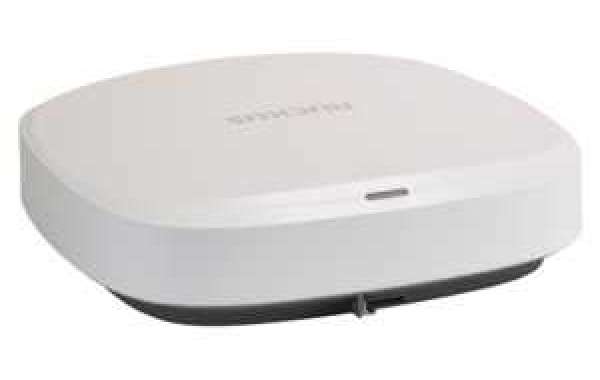Wireless network security is paramount in the digital age, where the reliance on wireless connectivity continues to grow. This article explores the key considerations, challenges, and strategies for ensuring the security of wireless networks, safeguarding sensitive data and protecting against potential cyber threats.
Understanding Wireless Network Security:
- Definition:
wireless network security involves implementing measures and protocols to protect the confidentiality, integrity, and availability of data transmitted over wireless networks. It addresses the unique challenges posed by wireless communication, including the risk of unauthorized access and data interception.
- Key Components:
Wireless network security encompasses several key components, including:
Encryption: Utilizing robust encryption protocols to secure data during transmission and prevent unauthorized access.
Authentication: Implementing strong authentication mechanisms to verify the identity of devices and users connecting to the wireless network.
Access Control: Setting up access controls and permissions to restrict unauthorized users from connecting to the network or accessing specific resources.
Intrusion Detection and Prevention: Deploying systems to detect and prevent unauthorized access attempts and potential security breaches.
Regular Audits and Monitoring: Conducting regular audits and monitoring network activity to identify and address security vulnerabilities.
Challenges in Wireless Network Security:
- Eavesdropping:
Wireless signals are susceptible to eavesdropping, where unauthorized individuals intercept and capture data transmitted over the air. Encryption is crucial to mitigate this risk.
- Rogue Access Points:
Rogue access points, set up by malicious actors, can compromise network security by providing unauthorized entry points. Regular scanning and monitoring help detect and eliminate rogue access points.
- Password Vulnerabilities:
Weak or easily guessable passwords can expose wireless networks to unauthorized access. Implementing strong password policies and multi-factor authentication adds an additional layer of security.
- Device Proliferation:
The increasing number of connected devices poses a challenge in managing and securing each device. Network segmentation and proper device management help mitigate this challenge.
Strategies for Robust Wireless Network Security:
- WPA3 Encryption:
Adopt the latest encryption standard, WPA3 (Wi-Fi Protected Access 3), to enhance the security of wireless networks. WPA3 provides stronger protection against brute-force attacks and key reinstallation vulnerabilities.
- Strong Authentication:
Implement strong authentication methods, such as WPA3-Personal or WPA3-Enterprise, to ensure that only authorized users and devices can access the network.
- Network Segmentation:
Segment the wireless network to isolate different types of devices and limit the impact of potential security breaches. This enhances overall network security by containing potential threats.
- Regular Security Audits:
Conduct regular security audits and assessments to identify vulnerabilities, assess the effectiveness of security measures, and implement necessary updates or improvements.
- Intrusion Detection and Prevention Systems (IDPS):
Deploy IDPS to monitor network traffic for signs of suspicious activity and automatically respond to potential security incidents. This helps in detecting and mitigating threats in real-time.
- Employee Training:
Educate employees on security best practices, emphasizing the importance of using strong passwords, recognizing phishing attempts, and being vigilant about connecting to secure networks.
- Firmware and Software Updates:
Keep networking equipment, including routers and access points, up to date with the latest firmware and software updates. Regular updates address known vulnerabilities and enhance overall security.
Conclusion: Fortifying Wireless Networks Against Cyber Threats
As wireless connectivity continues to be a cornerstone of modern communication, prioritizing wireless network security is essential. By adopting robust encryption, enforcing strong authentication, implementing network segmentation, conducting regular security audits, and staying vigilant against emerging threats, organizations can fortify their wireless networks against cyber threats and ensure the integrity and confidentiality of their data. Ongoing commitment to security practices will be crucial in safeguarding wireless networks in an ever-evolving digital landscape.
For more info. Visit us:







